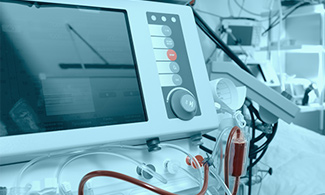INDUSTRIES
cResults is the leading resource planning, scheduling and efficiency management software solution.
Resource planning and scheduling necessities exist across a wide range of verticals. Each vertical may be driven by slightly different challenges, requirements, and business objectives. Our product’s goal is to provide your organization (via configuration) with a solution that meets your specific needs in terms of features and functionalities. The Smart-QX software solution, equipped with robust and flexible architecture, will help achieve your business goals.
While Smart-QX platforms were initially designed for life science requirements, they are now implemented in a wide range of QA laboratories and other organizations with resource planning and scheduling needs.
Over the years, we have acquired an extensive industry knowledge and experience that has been implemented in all of our platforms to meet a variety of industries and user requirements.








